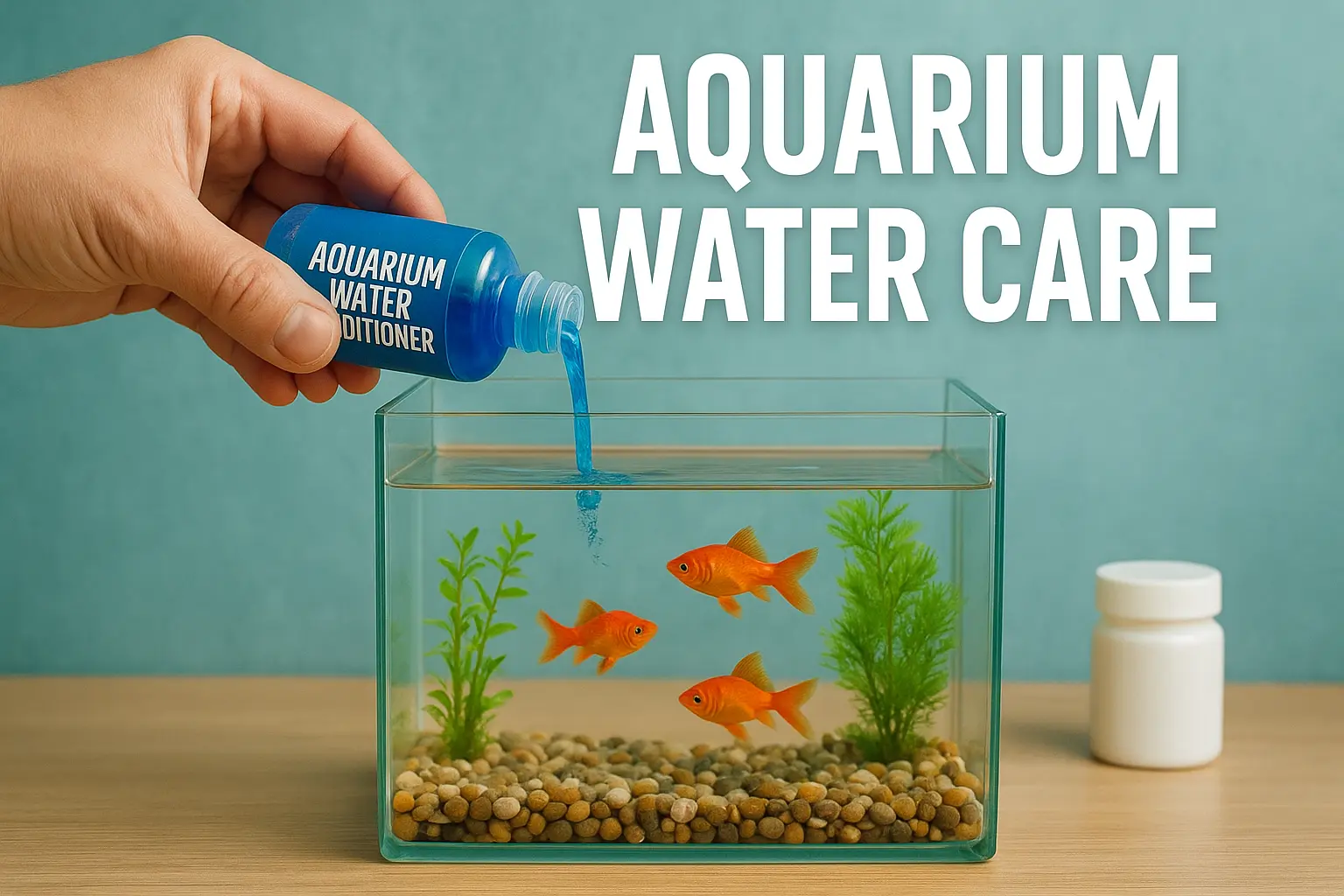Keeping an aquarium is a rewarding hobby, but the true beauty and health of your aquatic setup depend on one crucial factor: aquarium water care. While decorations, plants, and fish are essential parts of an aquarium, nothing matters more than the quality of the water. Poor water care leads to stressed fish, algae outbreaks, and even disease. On the other hand, proper water maintenance creates a thriving environment where fish and plants flourish.
In this comprehensive guide, we’ll dive into everything you need to know about aquarium water care, including water chemistry, filtration, testing, common problems, and long-term maintenance tips.
Why Aquarium Water Care is Important
Fish live in water the way humans live in air. Unlike us, they can’t leave their environment if it becomes toxic. Every waste product, leftover food, and decaying plant stays inside the tank unless removed. Without proper water care, these substances build up and make the aquarium unsafe.
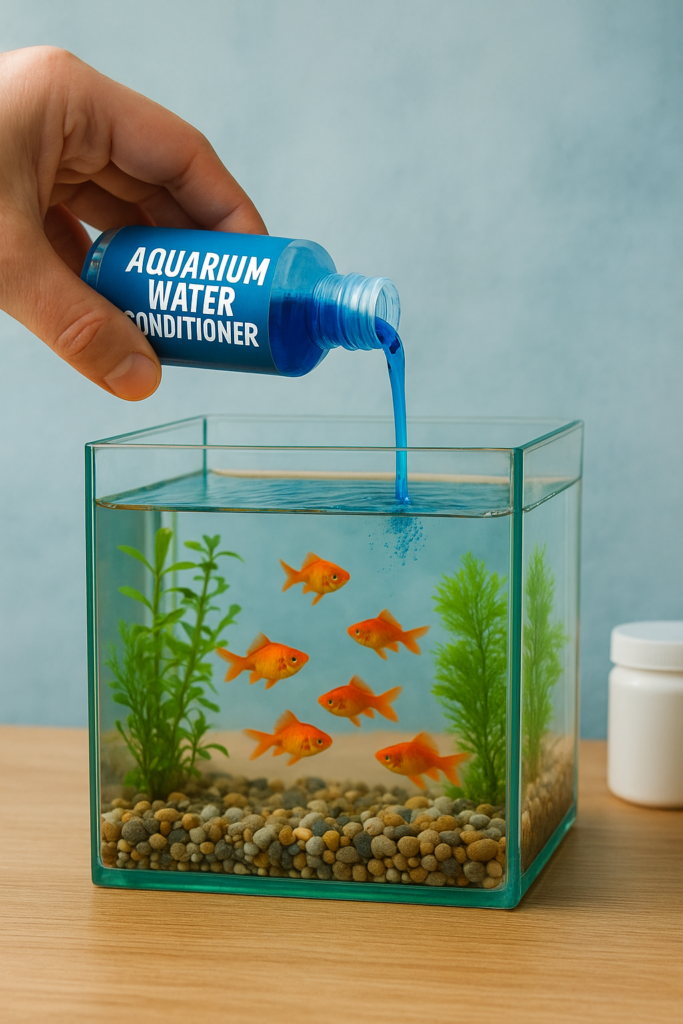
Good aquarium water care ensures:
- Stable Water Parameters: Fish need the right pH, hardness, and temperature.
- Ammonia & Nitrite Control: Toxic compounds must be broken down by beneficial bacteria.
- Oxygen Levels: Proper aeration keeps fish breathing comfortably.
- Disease Prevention: Clean water reduces the risk of infections.
- A Healthy Ecosystem: Plants, fish, and beneficial bacteria work together in balance.
Key Elements of Aquarium Water Care
1. Water Chemistry Basics
Understanding water chemistry is the first step in aquarium care. The major factors include:
- pH (Potential of Hydrogen): Measures acidity or alkalinity of water. Most freshwater fish thrive in a pH of 6.5–7.5.
- KH (Carbonate Hardness): Affects the stability of pH.
- GH (General Hardness): Indicates mineral content, such as calcium and magnesium.
- Ammonia, Nitrite, Nitrate: Toxic byproducts of fish waste. Ammonia and nitrite should be 0 ppm, while nitrate should stay under 40 ppm.
2. Filtration
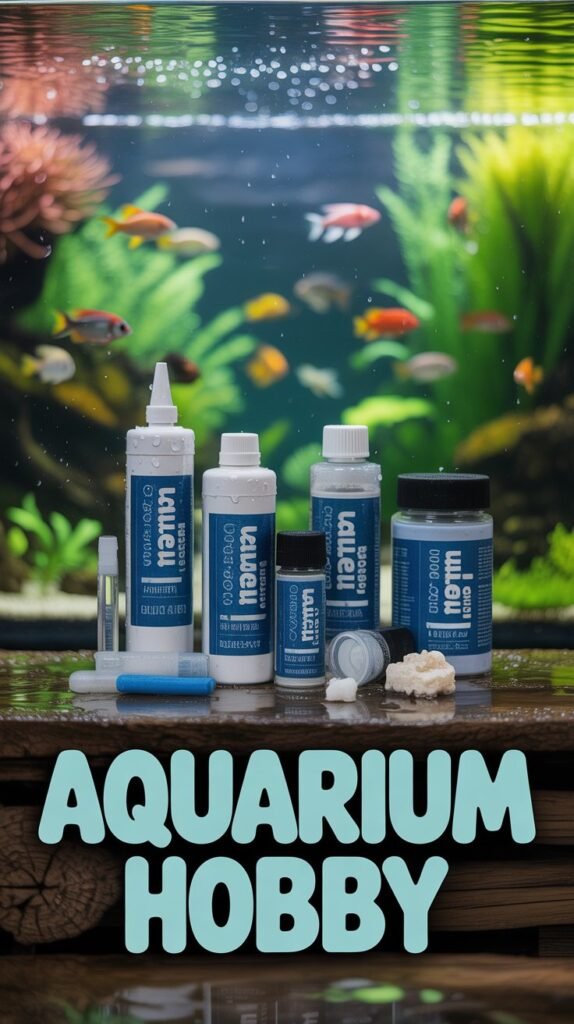
Filters are the heart of water care. They remove debris, circulate water, and house beneficial bacteria.
Types of filtration:
- Mechanical Filtration: Removes physical debris like leftover food and waste.
- Biological Filtration: Breaks down ammonia and nitrites using beneficial bacteria.
- Chemical Filtration: Removes impurities like chlorine, medications, or odors.
3. Water Testing
Regular testing helps prevent sudden problems. Invest in a liquid test kit rather than strips for more accurate readings.
Key tests include:
- pH
- Ammonia
- Nitrite
- Nitrate
- KH and GH
Test your water weekly to ensure a stable and healthy aquarium.
4. Water Changes
One of the most important aquarium maintenance practices is performing regular water changes.
- Frequency: 20–30% every week is ideal for most tanks.
- Purpose: Removes excess nitrates, replenishes minerals, and improves clarity.
- Tips: Always use dechlorinated water at the same temperature as your tank.
Aquarium Water Care for Different Types of Tanks
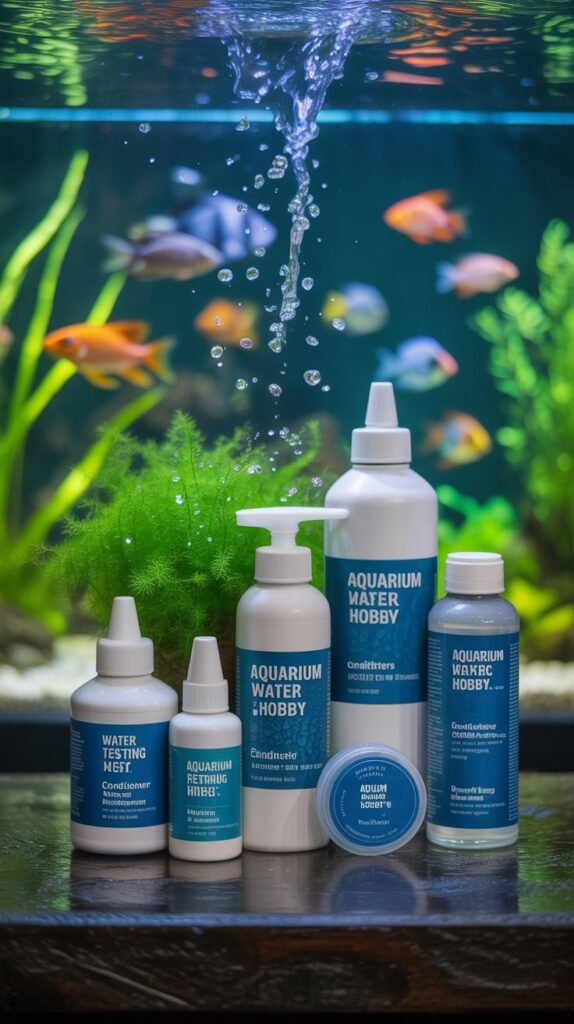
Freshwater Aquariums
Freshwater tanks are usually easier to maintain. Focus on stable pH, regular water changes, and avoiding overfeeding.
Saltwater Aquariums
Saltwater aquariums require more attention. Salinity, alkalinity, and calcium levels must be carefully monitored. Top-offs with fresh water are needed to replace evaporation without altering salinity.
Planted Aquariums
Plants absorb nitrates, making water care slightly easier. However, they need proper CO₂ levels, nutrients, and lighting to stay healthy.
Nano Aquariums
Smaller tanks (under 10 gallons) require extra attention. Water parameters fluctuate quickly due to the small volume, so frequent testing and water changes are essential.
Common Aquarium Water Problems and Solutions
1. Cloudy Water
- Cause: Bacterial bloom or excess debris.
- Solution: Avoid overfeeding, clean filters, and perform water changes.
2. Algae Growth
- Cause: Too much light, excess nutrients, or poor water circulation.
- Solution: Reduce light hours, clean glass, add algae-eating fish, and maintain regular water changes.
3. High Ammonia Levels
- Cause: Overfeeding, overcrowding, or an uncycled tank.
- Solution: Stop feeding temporarily, perform partial water changes, and ensure the filter houses beneficial bacteria.
4. Low Oxygen Levels
- Cause: Poor surface agitation or high water temperature.
- Solution: Add an air pump, lower temperature slightly, or adjust the filter output for better water movement.
5. pH Swings
- Cause: Low KH or sudden changes in water source.
- Solution: Use a buffer to stabilize KH and avoid drastic water changes.
The Role of Beneficial Bacteria
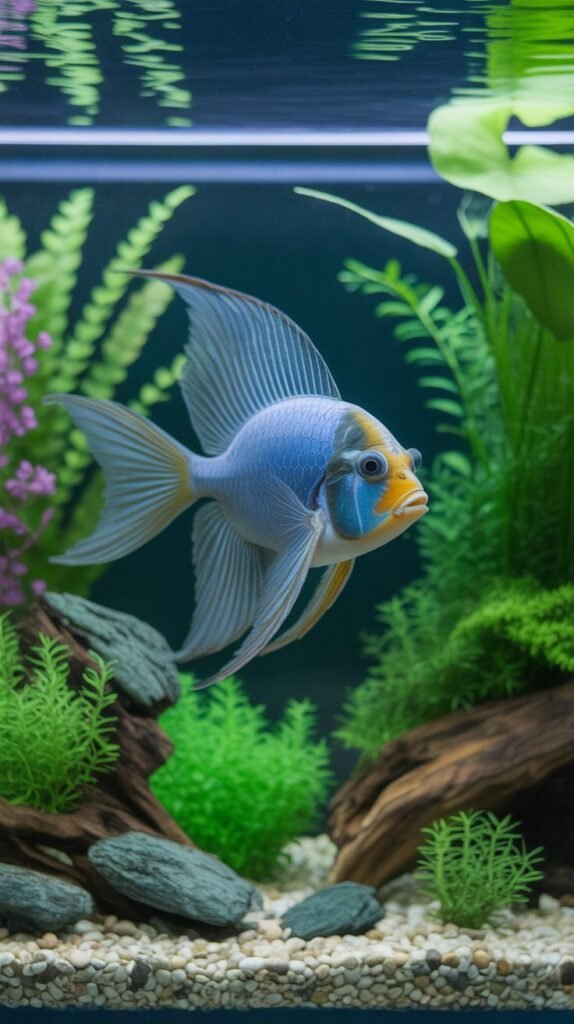
Beneficial bacteria are invisible helpers that keep your tank safe. They live in the filter, substrate, and decorations, breaking down harmful ammonia into nitrite, then into nitrate. This process is known as the Nitrogen Cycle.
Cycling your tank before adding fish is a must. A fully cycled tank prevents sudden ammonia or nitrite spikes that could kill fish
Aquarium Water Care Tips for Beginners
- Start with hardy fish like guppies or tetras.
- Always dechlorinate tap water before adding it to the aquarium.
- Test water weekly, especially during the first few months.
- Avoid overstocking your tank; follow the “1 inch of fish per gallon” rule for beginners.
- Feed small amounts once or twice daily—uneaten food pollutes water.
- Clean your filter media in old tank water, not tap water, to preserve beneficial bacteria.
Long-Term Aquarium Water Care Strategies
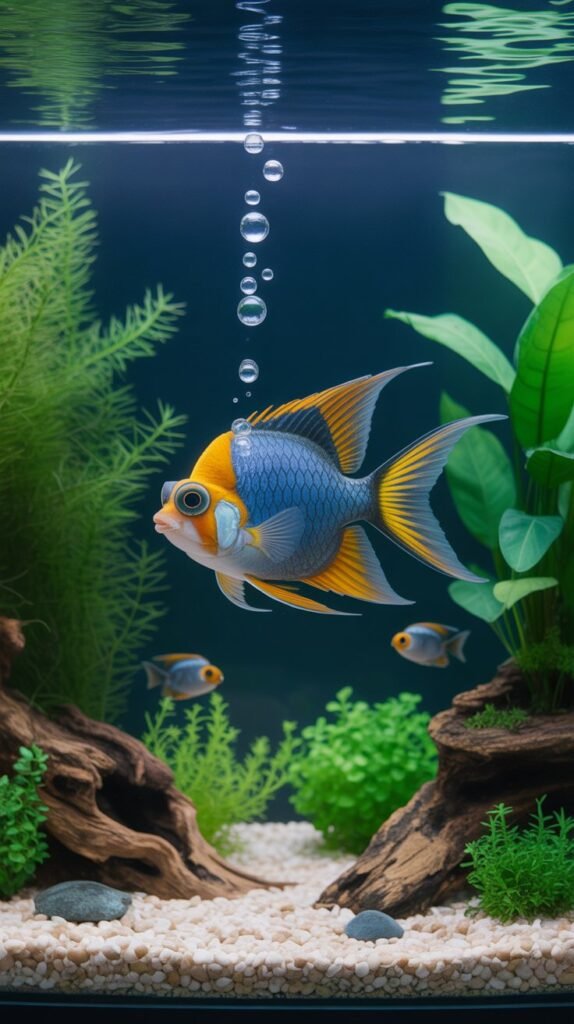
- Develop a Schedule: Create a routine for water testing, cleaning, and filter maintenance.
- Monitor Fish Behavior: Fish often show signs of poor water before tests do. Look for gasping, clamped fins, or erratic swimming.
- Keep a Logbook: Record test results, water changes, and any changes in fish health.
- Use Live Plants: They act as natural filters, absorbing excess nutrients.
- Invest in Quality Equipment: A good filter and heater make water care much easier.
Conclusion
Aquarium water care is the foundation of a successful fishkeeping hobby. By maintaining stable water chemistry, performing regular water changes, and monitoring your aquarium closely, you create a safe and healthy environment for your aquatic pets. Whether you’re keeping freshwater, saltwater, or planted tanks, proper water care ensures that your aquarium thrives for years to come.
FAQs About Aquarium Water Care
Q1. How often should I change my aquarium water?
Most aquariums require a 20–30% water change weekly to keep nitrates low and water fresh.
Q2. Do I need to use water conditioners?
Yes. Tap water contains chlorine or chloramine, which are toxic to fish. Always use a water conditioner before adding tap water to your tank.
Q3. Can I use bottled water for my aquarium?
Bottled water isn’t necessary and may lack minerals fish need. Conditioned tap water is usually the best option.
Q4. What should I do if my ammonia levels are high?
Perform a partial water change, stop feeding for a day or two, and check if your filter is working properly. Make sure your tank is cycled.
Q5. Why is my aquarium water cloudy?
Cloudy water often comes from bacterial blooms or excess waste. Regular water changes and proper filtration usually solve the issue.
Q6. How do I increase oxygen in my aquarium?
Use an air pump, add airstones, or increase surface agitation through your filter output.
Q7. Can I over-clean my aquarium water?
Yes. Over-cleaning can remove beneficial bacteria. Always rinse filter media in tank water, not tap water, to protect the bacterial colony.
Q8. How important is pH for aquarium water care?
pH is very important. Most fish adapt to a stable pH, even if it’s slightly outside their ideal range. The key is stability, not constant adjustment.

